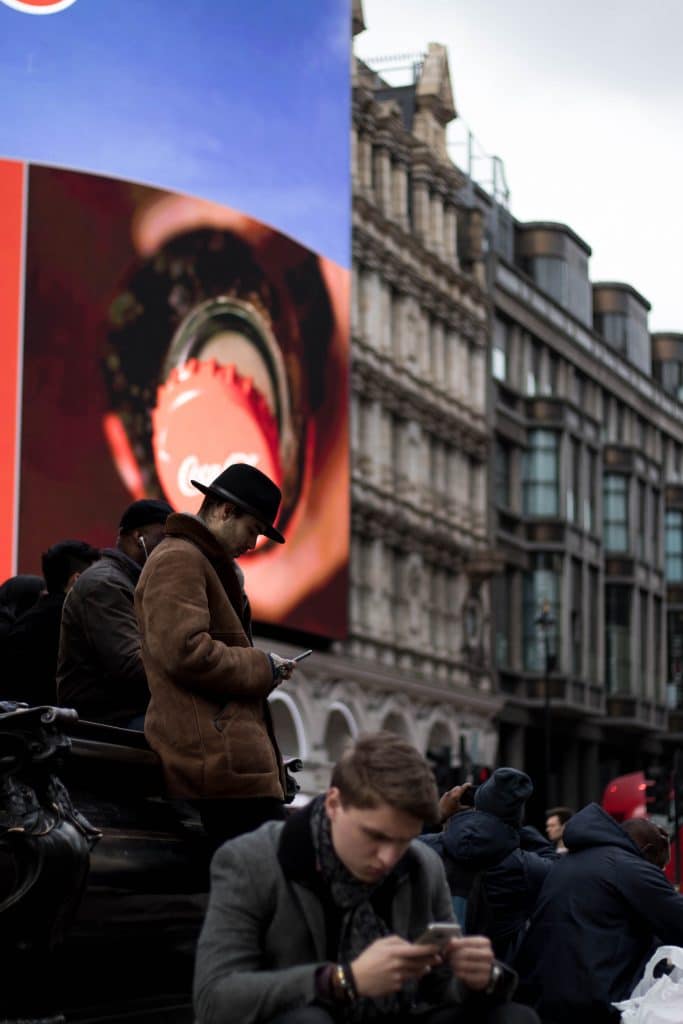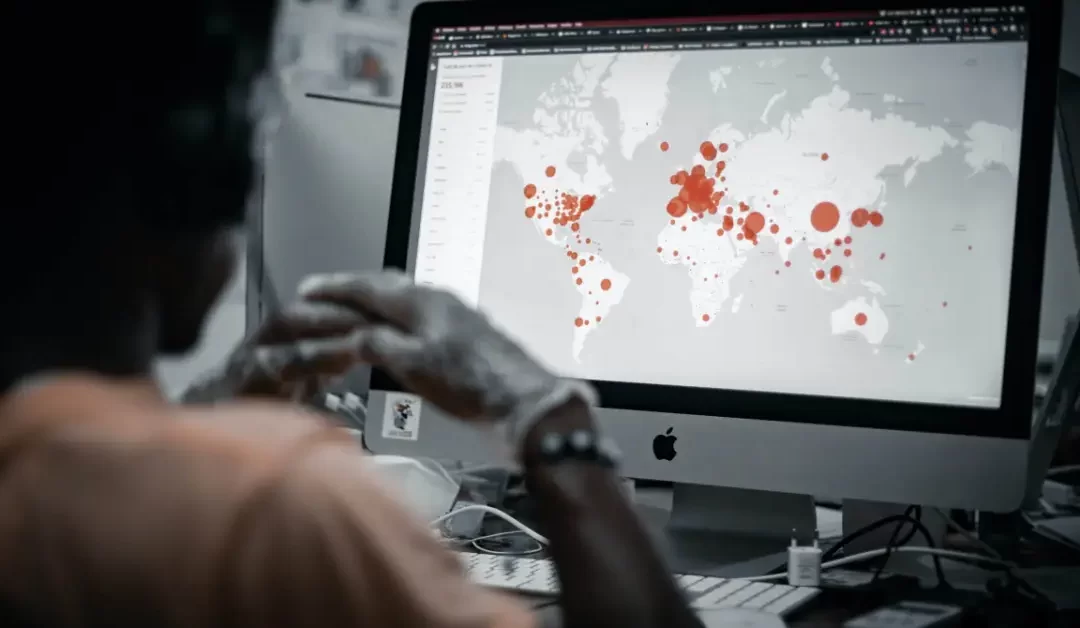Geofencing is a virtual digital fence around a specific geographic area. When a person enters that zone, it triggers an event to occur. Almost every smart phone on the market is now fitted with GPS (Global Positioning System). As you walk around, your phone tracks exactly where you are, and this information is made available to the various apps or websites you use. For example, you could have a store in a shopping centre and when someone gets within a 1 km range of your store, your ad is pushed through social media or a search engine, notifying the potential customer of your specials.

With geofencing, you can draw your virtual fence around your competitions storefront so that Facebook ads for your company show up when a customer is in their store
WebFX
Have you ever experienced this? I certainly have. Walking through a DFO centre when an email arrives for the store I just walked past. Is it going too far? Understanding consumers in 2020 is about knowing when the sense of convenience overcomes the need for privacy. Retailers need to combat the fact that their fancy window displays and billboard ads could be completely ignore by consumers immersed in their screens. (See image below)

Is it possible to advertise using Geofencing right now? Yes! Both Google and Facebook offer Geofencing under different names. Facebook call it ‘Local Awareness‘ and Google ‘location targeting‘ using a radius from the specified address.
Please comment below. Is Geofencing going too far? Is it convenient to know what is on offer around you or is it an invasion of privacy?


This is actually interesting because I’ve never heard of it before! Looking back, I realized that I did have some sms sent to my phone when I arrive at certain places. I personally think that it is a unique experience instead of going ‘too personal’! great work!
Great content blog Steve. I believe that as of now Geofencing is quite controlled but due to the rising use of it, monitoring and privacy breaching issues might be something which providers like Facebook and Google should be looking into.
Great blog! Hadn’t heard of Geo Fencing before, but unsurprised it exists. I think it is going too far to deliver content to customers and sell them a product. Invading people’s privacy in this manner could have negative ramifications for brand image. I want to say it being more discrete (ie. not sending sales related emails when you’re in radius) would be better, but a breach of privacy is a breach of privacy, despite the benefit it presumes to provide to customer.
It’s certainly a great tool coming from a marketers perspective, but I can’t help but being creeped out as a consumer. We certainly have entered the realm of the Minority Report. I guess we have to question if it’s making a consumers journey more efficient by delivering advertising at the correct moment, or if it’s going a bit too far.